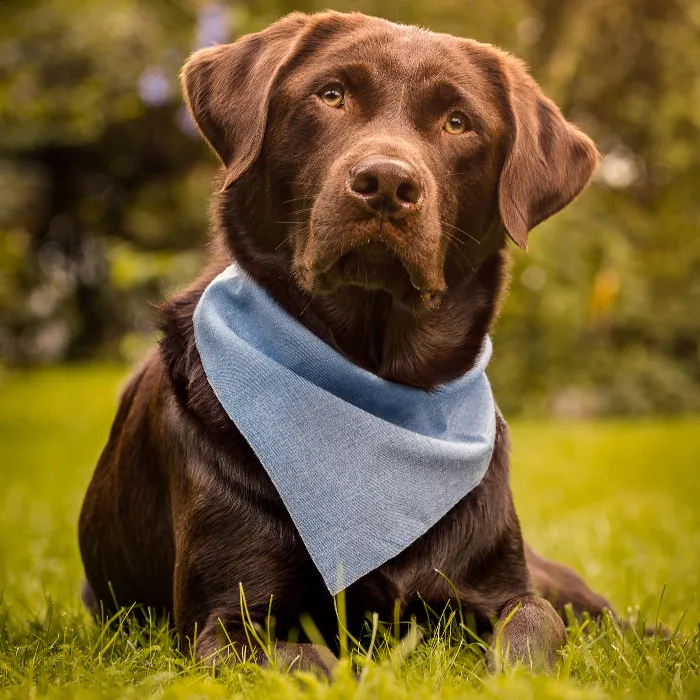When your four-legged friend is playing in the outdoors, it's a great opportunity to take fantastic photos. However, to capture movement correctly, you need the right camera settings. In this guide, you'll learn how to set your camera optimally to perfectly capture fluctuations in movement.
Key Insights
- The shutter speed should be at least 1/800 of a second, better yet 1/1000 of a second.
- Photograph in TV or T mode to manually set the shutter speed.
- Activate the autofocus mode to ensure that the focused plane stays with the moving animal.
- Use continuous shooting to take multiple shots in a row.
- Pay attention to the white balance to ensure consistent colors under varying lighting conditions.
- Set the ISO settings to automatic to guarantee the best image quality.
Step 1: Set the Right Shutter Speed
The shutter speed is crucial for capturing movements sharply. You want the shutter speed to be as short as possible to keep the image clear and free of blurriness. A setting of at least 1/800 of a second is recommended; however, ideally, a shutter speed of 1/1000 of a second is best for clearly photographing fast movements such as your dog running or jumping.
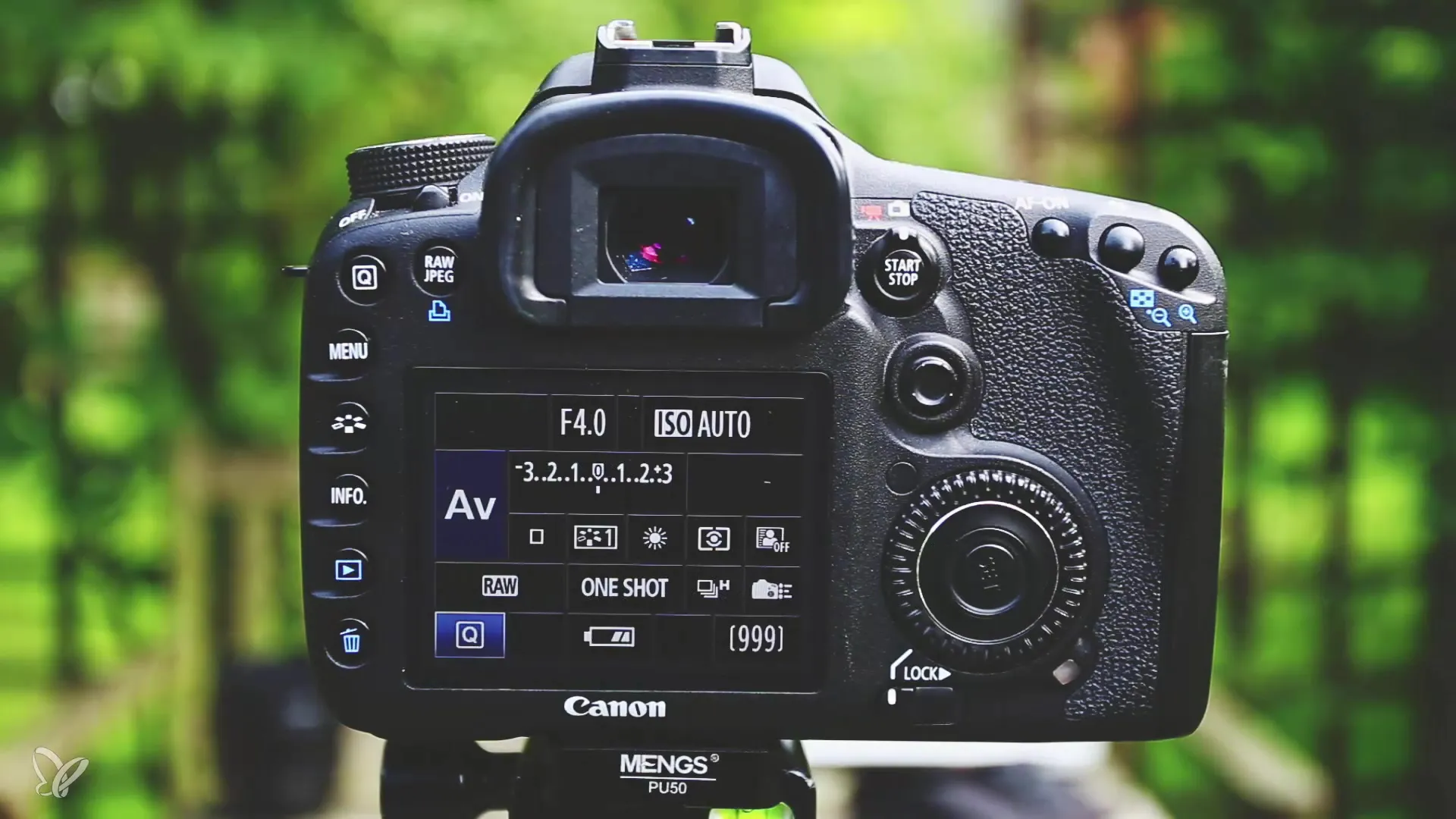
Step 2: Choose the Right Shooting Mode
Don't shoot in manual mode - instead, choose TV or T mode on your camera. In this mode, you set the shutter speed, and the camera automatically adjusts the aperture to achieve the best results.
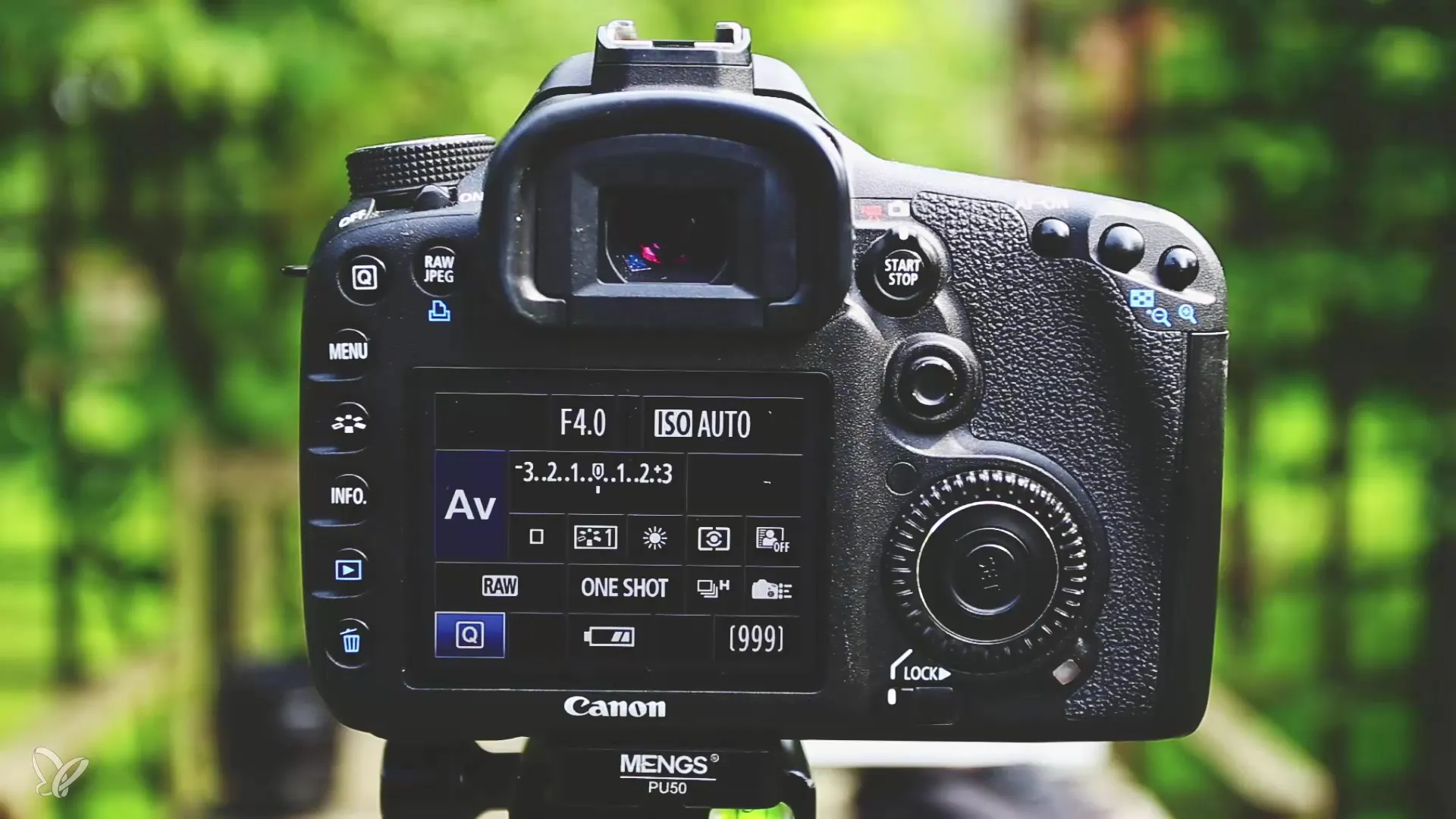
Step 3: Capture Animal Racing in Sequence
To ensure you capture the best movement phases of your dog, set your camera mode to continuous shooting. Hold down the shutter button so the camera takes several pictures in quick succession. This way, you'll capture the perfect moment when your dog displays the most extraordinary movement.
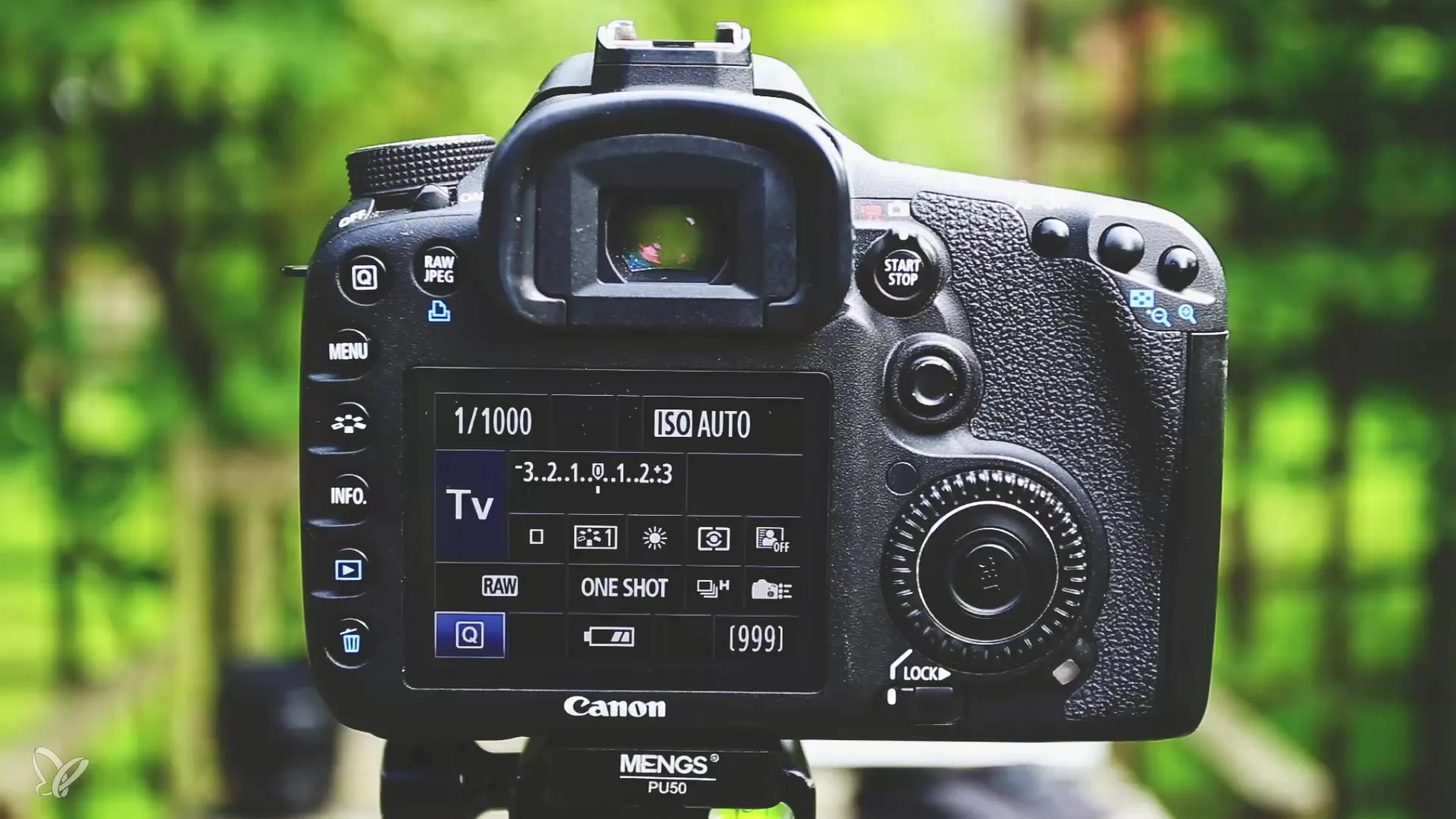
Step 4: Adjust the White Balance
In most cases, the automatic white balance is sufficient, especially under changing light conditions. However, if you're photographing on a clear sunny day or on an overcast day, you should manually set the white balance to ensure a consistent color temperature.

Step 5: Use Autofocus for Moving Subjects
An efficient focus is essential for sharply depicting your dog's movements. Use the AI Servo autofocus (on Canon) or the corresponding focus mode on your camera. This keeps the autofocus active as long as you hold the shutter button halfway down, continuously tracking the subject.
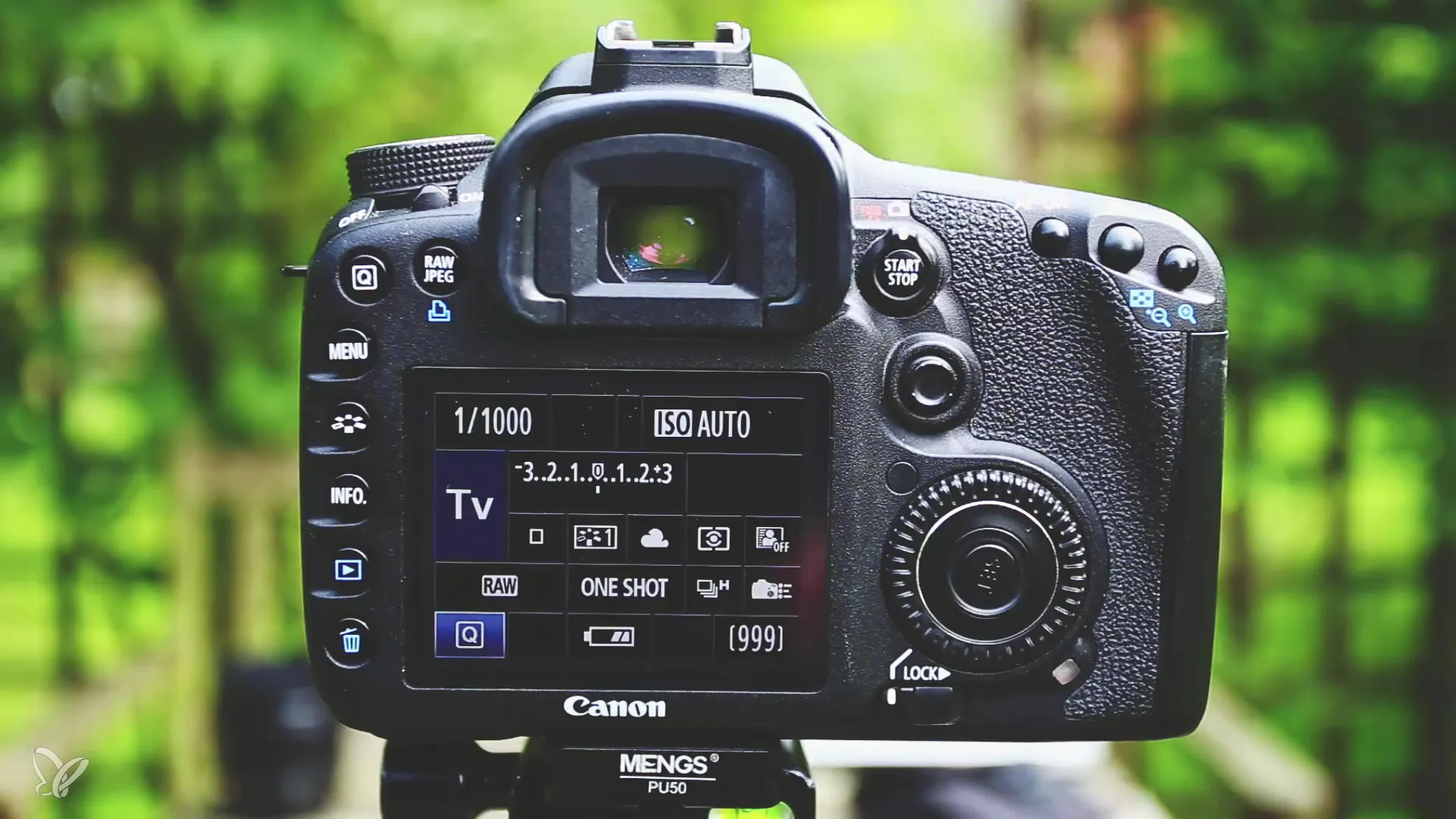
Step 6: Use Exposure Compensation
If your images are too bright or too dark despite the automatic settings, use exposure compensation. This allows you to adjust the brightness of your images without having to manually change the shutter speed or aperture.
Step 7: Use Focus Limiter for Faster Focusing
If your lens has a focus limiter, use it to speed up autofocus. Set the focus range to cover only the necessary distances, especially if your dog is moving within a specific area (e.g., 3 m to infinity).
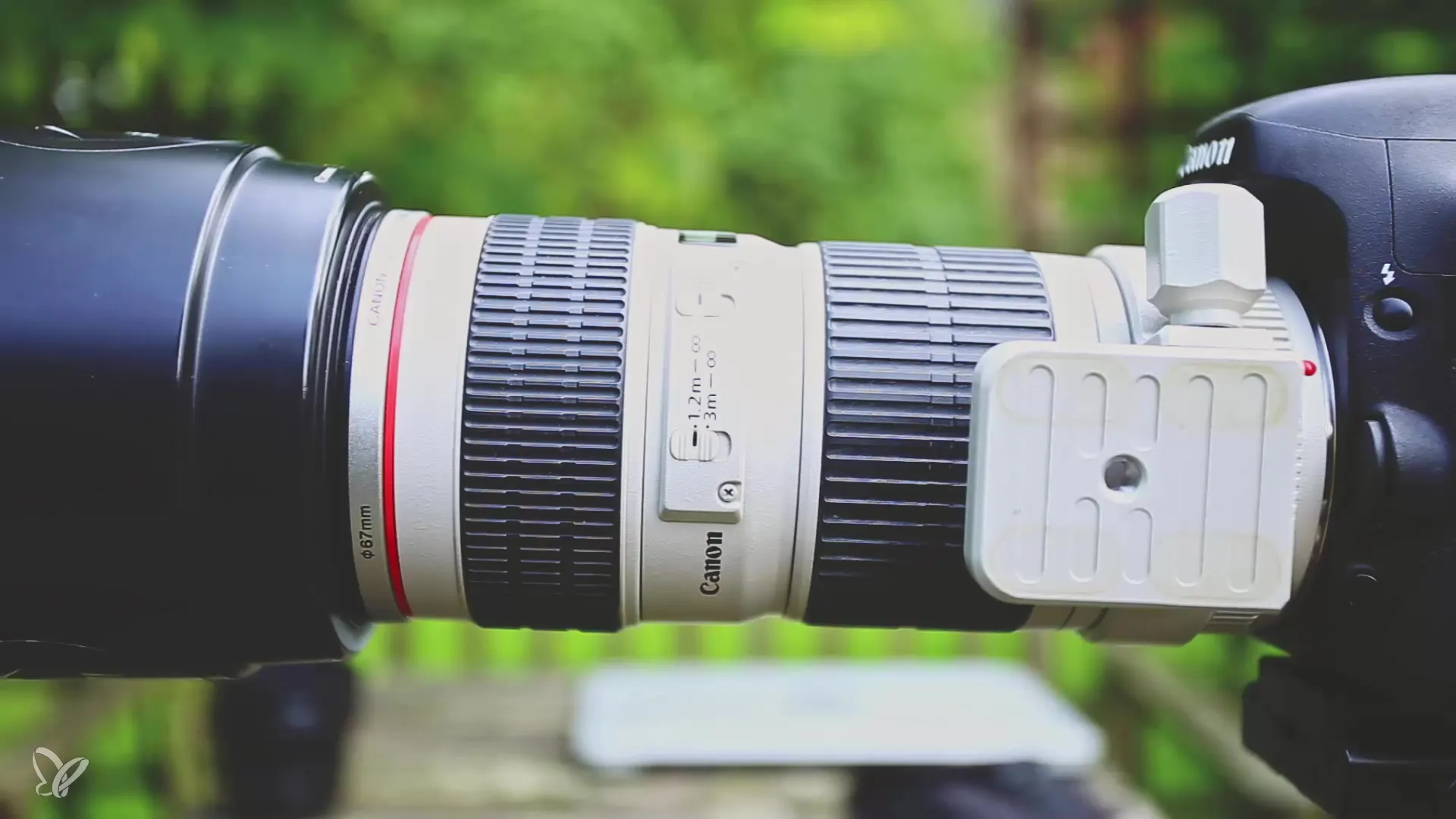
Step 8: Prepare for Changing Situations
Don't forget to reset the focus limiter when photographing other scenes or when your dog moves closer to you. Always ensure that the limiter is set to the appropriate value before you start shooting.
Summary – Dog Photos in the Outdoors: The Best Camera Settings for Moving Animals
With these optimal camera settings and tips, you're perfectly equipped to capture the best snapshots of your dog in motion. The combination of the right shutter speed, autofocus, and appropriate shooting modes enables you to create high-quality images.
Frequently Asked Questions
How long should the shutter speed be for moving dog photos?The shutter speed should be at least 1/800 of a second, ideally even 1/1000 of a second.
Which camera mode should I choose?Use the TV or T mode to manually set the shutter speed.
Why is continuous shooting important?Continuous shooting allows you to take multiple images in quick succession and capture the perfect moment.
Should I set the white balance manually?Yes, under consistent lighting conditions, it's advisable to set the white balance manually.
How does the AI Servo autofocus work?The AI Servo autofocus continuously tracks the moving object as long as the shutter button is pressed halfway down.
